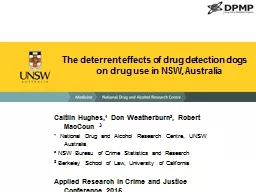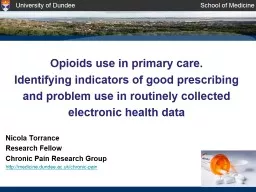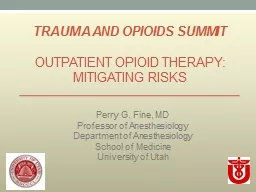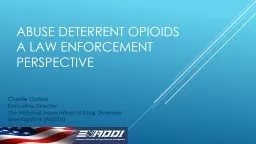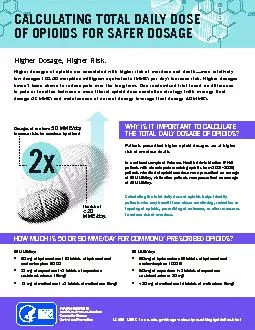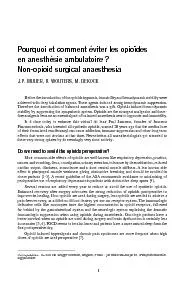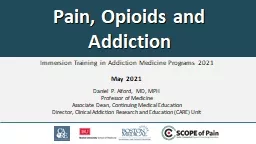PPT-Abuse-Deterrent Opioids:
Author : celsa-spraggs | Published Date : 2018-11-10
FDAs Role and Emerging Challenges Jeanne Ireland Principal Ireland Strategies LLC 2015 CWAG Annual Meeting The Opioid Epidemic Some progress being made but devastating
Presentation Embed Code
Download Presentation
Download Presentation The PPT/PDF document "Abuse-Deterrent Opioids:" is the property of its rightful owner. Permission is granted to download and print the materials on this website for personal, non-commercial use only, and to display it on your personal computer provided you do not modify the materials and that you retain all copyright notices contained in the materials. By downloading content from our website, you accept the terms of this agreement.
Abuse-Deterrent Opioids:: Transcript
Download Rules Of Document
"Abuse-Deterrent Opioids:"The content belongs to its owner. You may download and print it for personal use, without modification, and keep all copyright notices. By downloading, you agree to these terms.
Related Documents



